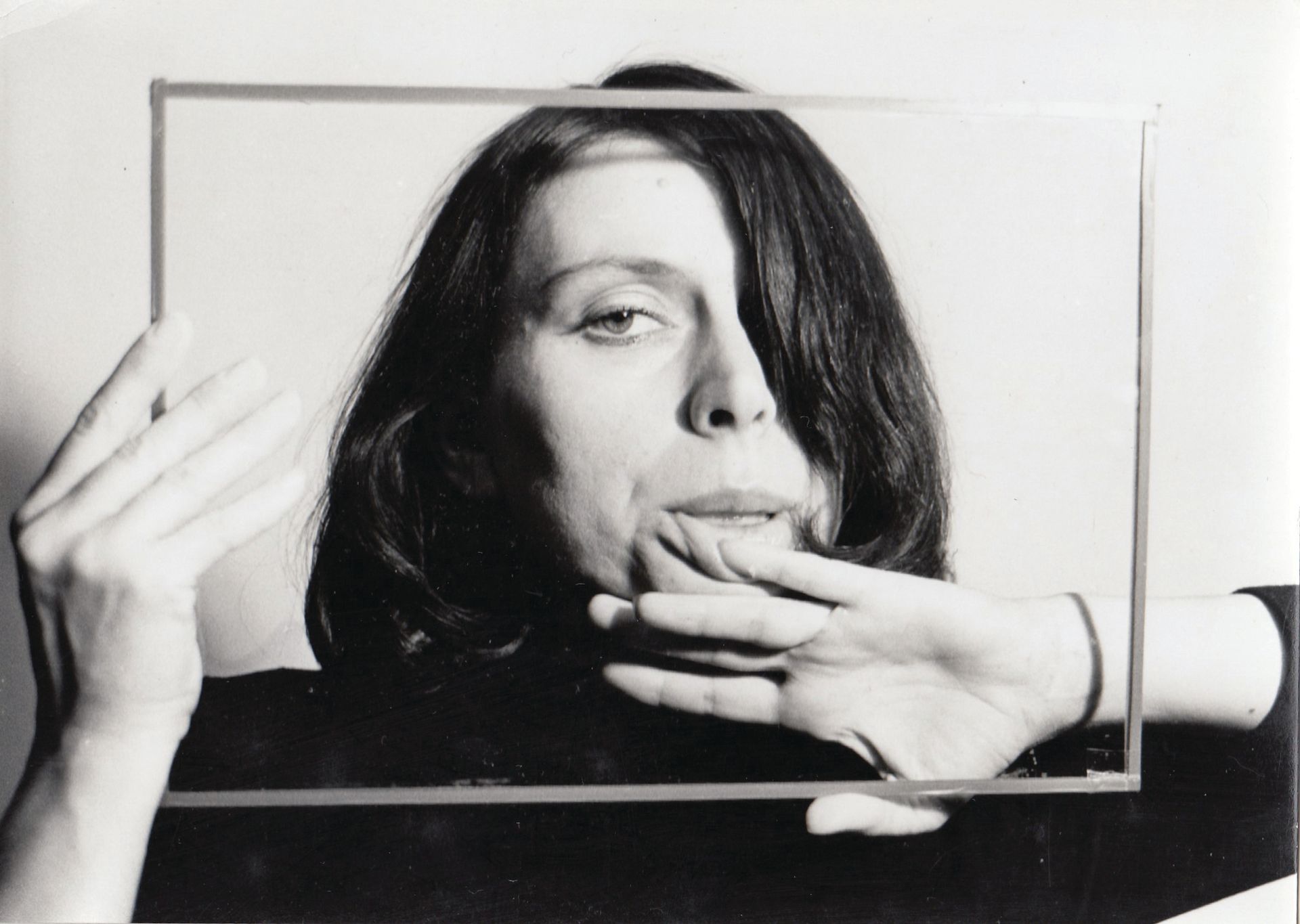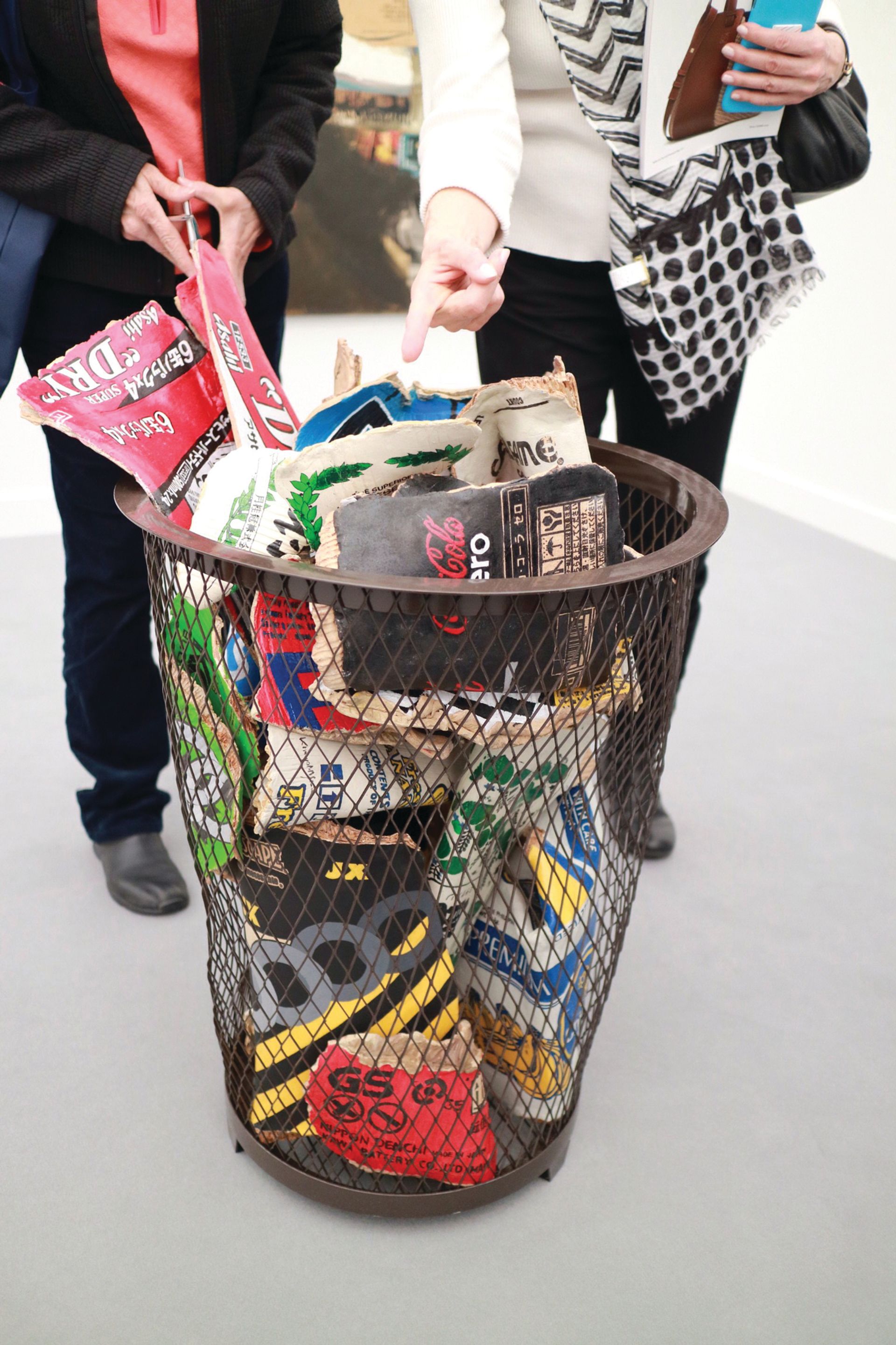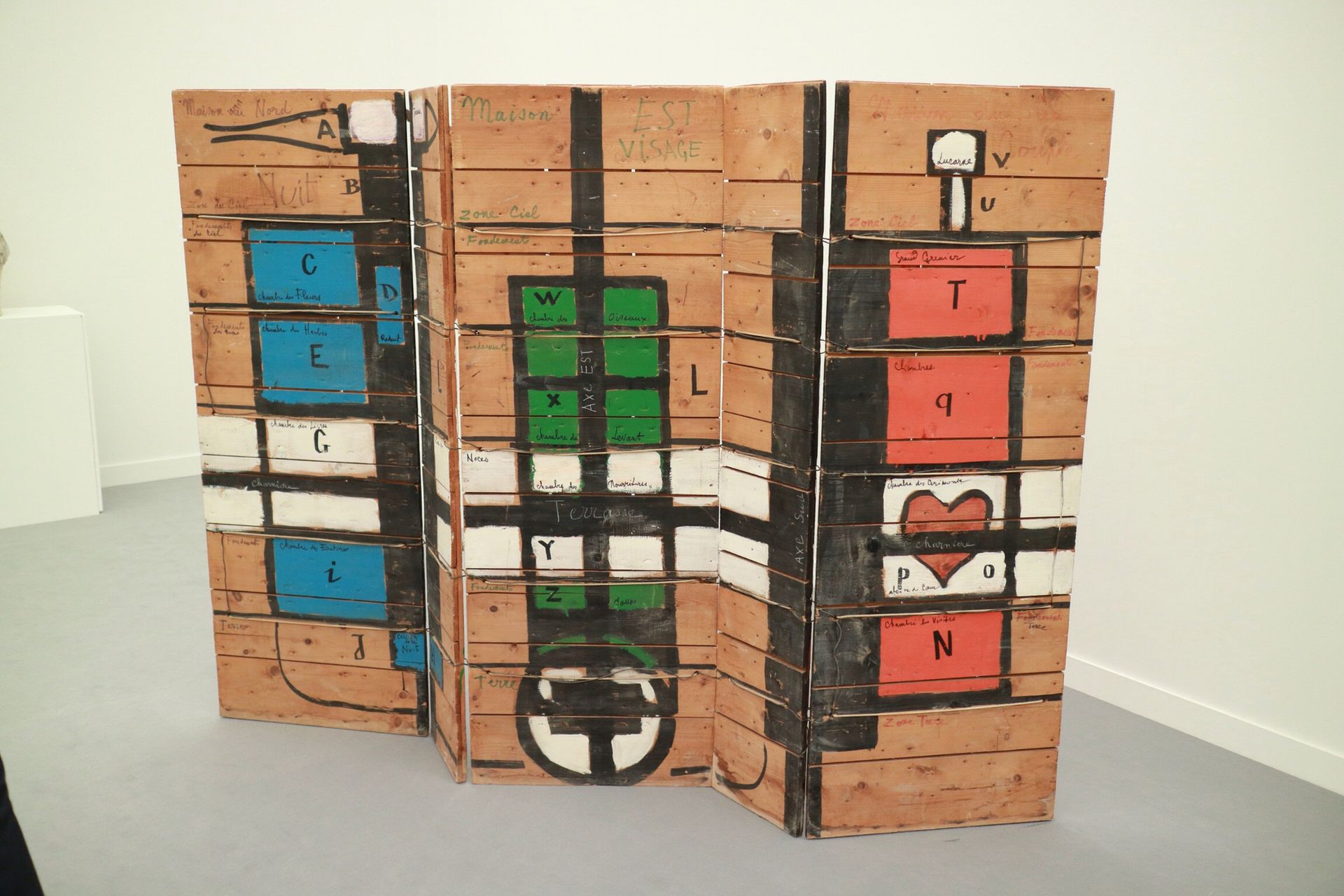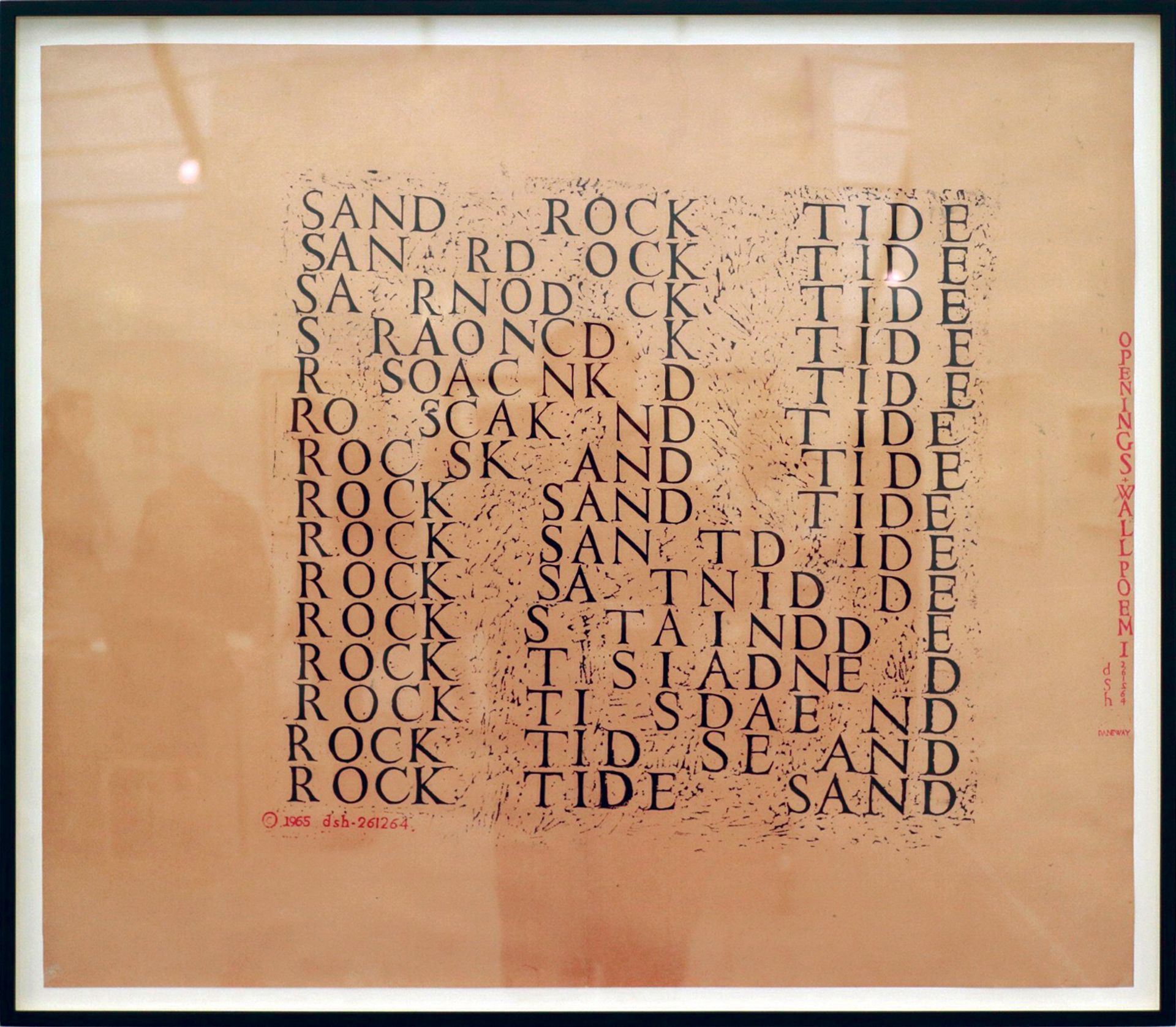Toby Kamps, the organiser of Frieze New York’s Spotlight section and a curator of Modern and contemporary art at the Menil Collection in Houston, says that his goal this year was a familiar one—“to expand the story of art history”. The 31 galleries presenting solo displays have focused on 20th-century artists who “haven’t yet got their due”, Kamps says. These include the California-based painter Tony DeLap, whose sleek paintings in various shapes, sometimes resembling surfboards, are at the Parrasch Heijnen Gallery, and the self-taught, early 20th-century Cuban-American artist Felipe Jesus Consalvos, whose lively collages reflect his job as a cigar roller, at Fleisher/Ollman. We walked through the section with Kamps, who highlighted some of the artists worth rediscovering.
Alfred Leslie at Bruce Silverstein Leslie has proven himself to be a versatile and experimental artist, Kamps says. Early in his career, he painted in an Abstract Expressionist style and was included in an exhibition organised by Clement Greenberg and Meyer Schapiro at the Samuel Kootz gallery in 1950. In the 1960s, Leslie began to make films and publish magazines with poets such as Frank O’Hara and John Ashbery. Around the same time, he shifted his painting into a more realist style, which continues to be his focus. Yet the 89-year-old artist continues to evolve: his most recent portraits, which he calls Pixel Scores, are made using a computer.

Katalin Ladik at ACB Gallery “Ladik is interested in poetry in the expanded field,” Kamps says of this Yugoslavia-born artist, who now lives in Budapest and is also showing at Documenta in Athens. The writer and performer, who was born in 1942, has been active since the late 1960s and often acts out her poetry or records it; an example of her audio work is included on the gallery’s stand. Her work fits into the larger history of conceptual art and her interest in photography, especially images of herself, reveals a focus on the body.

Barbara Chase-Riboud at Michael Rosenfeld Gallery The Philadelphia-born, Paris-based sculptor Chase-Riboud is also a novelist: her 1989 book Echo of Lions was the unacknowledged basis for Steven Spielberg’s film Amistad (a plagiarism suit filed in France later earned her a settlement). Her work at Frieze New York, most of which has never been seen in the US, touches on themes she has been exploring in novels and sculpture for 40 years: race, gender stereotypes, history and the inadequacy of binary thinking. But Kamps notes that Chase-Riboud also has a sensuous style. “It has this great, roiling energy, like a nuclear jellyfish,” he says of her sculpture Well of Concubine Pearl (1967).

Kimiyo Mishima at Gallery Yamaki Fine Art The Japanese artist, who was born in Osaka in 1932, has a style that sits between Art Informel, Pop and Abstract Expressionism, but her “fear of being overwhelmed by information”, as Kamps puts it, is distinctly her own. The works on this stand were made between the 1960s and the present day, and include ceramic sculptures that resemble bundles of newspapers, overflowing bins and Japanese comic books. The works reflect how dispensable media and consumer goods can be, as well as Mishima’s paradoxical goal to make them permanent.

Étienne Martin at Galerie Bernard Bouche The French artist, who was born in 1913 and died in 1995, is not well known in the US, but he was a “primary influence on Louise Bourgeois”, Kamps says. Both were interested in domesticity and childhood, which is reflected in the works on Galerie Bernard Bouche’s stand. In France in the 1960s, Martin was well respected by critics such as Michel Tapié and curators such as Harald Szeemann, who included the sculptor in Documenta 5 in 1972.

Dom Sylvester Houédard at Richard Saltoun After Dom Sylvester Houédard finished service in the British Army’s intelligence agencies in 1947, he made a radical change by becoming a Benedictine monk at an abbey in Gloucestershire. He spent the rest of his life as a “monk-nik”, Kamps says, referring to the Beatnik poets whose sensibility Houédard shared. He liked to work on an Olivetti typewriter to create visual poems, some of which resemble works by Malevich or the Russian Constructivists.


